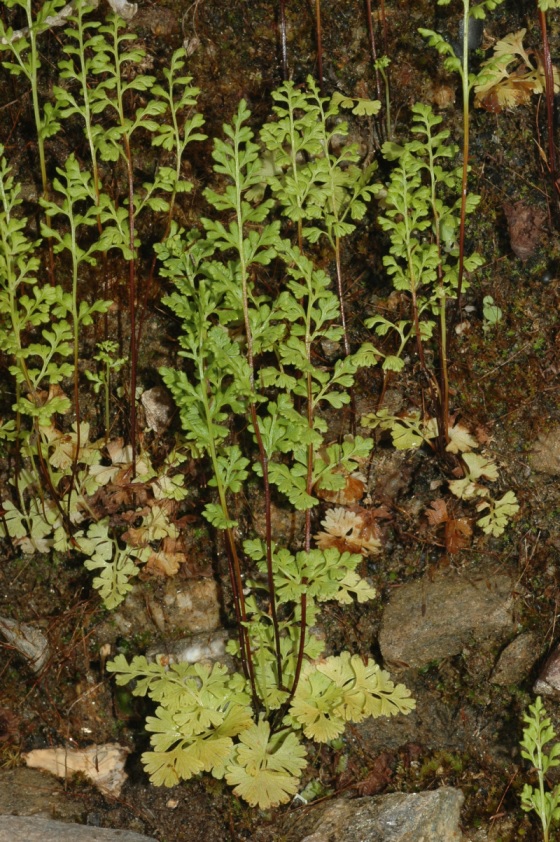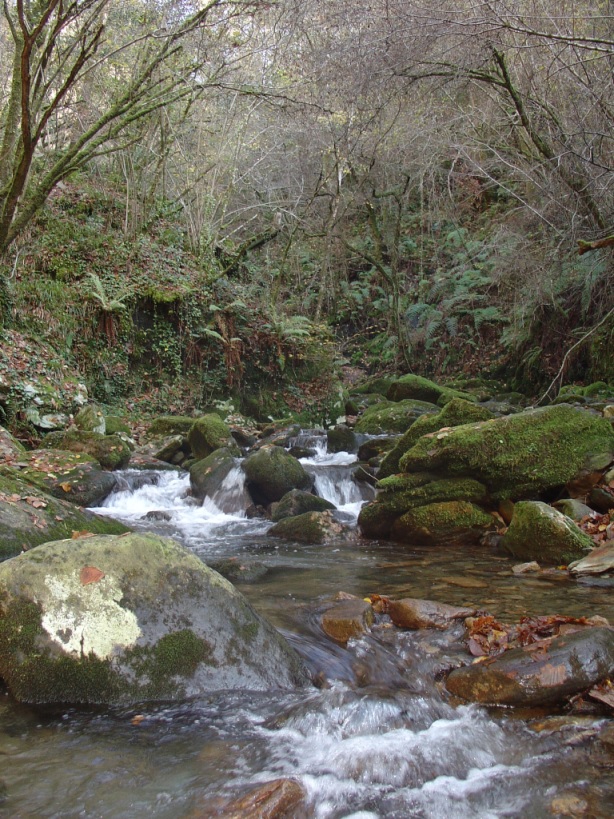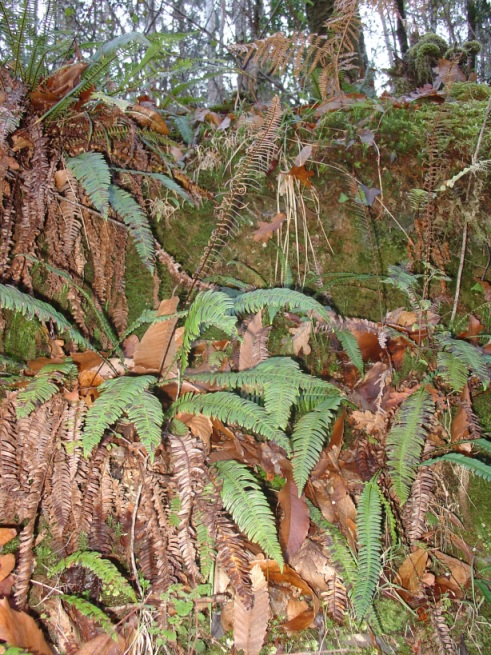Excursions
The prices of the excursions include guides, travel to and from Madrid, lodging, meals and extra activities (with the exception of optional ones). The month of July corresponds to summer in Spain and temperatures are usually high. Appropriate clothing and sunscreen are always a must. Summer storms cannot be ruled out in mountain areas.
PRE-CONGRESS EXCURSIONS
-
5. Tenerife Island
Itinerary and pricesSix-day excursion (July 14-19)
Max. number of participants: 25
Guides: Jairo Patiño (Institut of Natural Products and Agrobiology, CSIC) & J. Alfredo Reyes-Betancort (La Orotava Acclimatization Garden)
Tenerife Island is the largest and most biodiverse of the Canary archipelago, considered a hotspot in itself within the Mediterranean Basin Hotspot. Through a botanical itinerary, we will show how geology, geography and environment can determine the assembly of oceanic island floras. We will visit all the main ecosystems of the Canarian archipelago, from the dry coastal scrubs, sclerophyllous woodlands, and cloud laurel forests to the pine forests and summit montane shrublands. The ultimate goal is to provide a comprehensive understanding on the role of climate, geographic and anthropogenic factors in shaping plant biodiversity on a volcanic island. Aspects related to the Canarian culture and traditions will also be an important aspect of the itineraries.
Details about the excursion: The excursion will depart from Madrid by plane to land on Tenerife. The schedule includes short hiking trails (easy to medium level) up to 10 km long with an elevation range of up to 1,000 m. Depending on the weather conditions, some routes could reach a higher level as they take place during the summer months, ranging from hot and dry to cold and quite wet conditions throughout the same day. Good hiking shoes and clothing, protection from the sun including sunscreen, and rain gear are therefore recommended.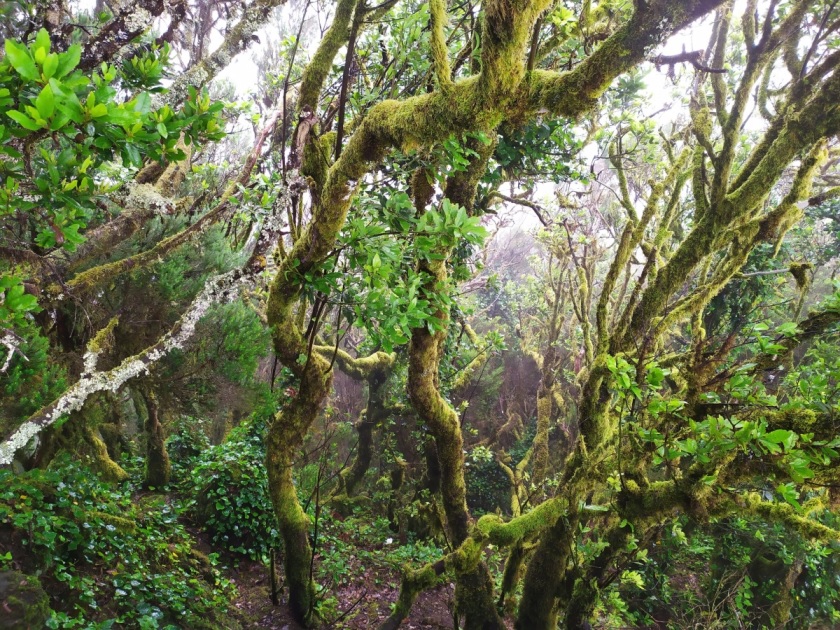
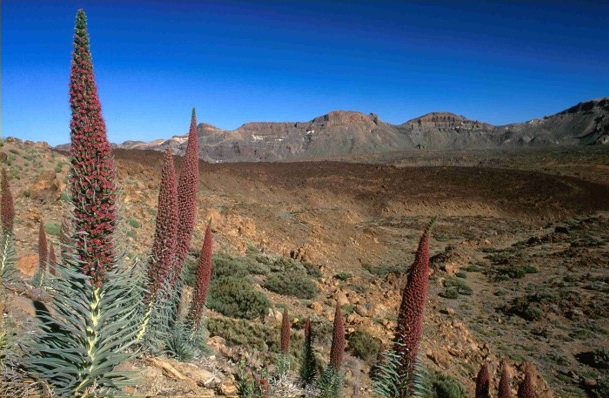
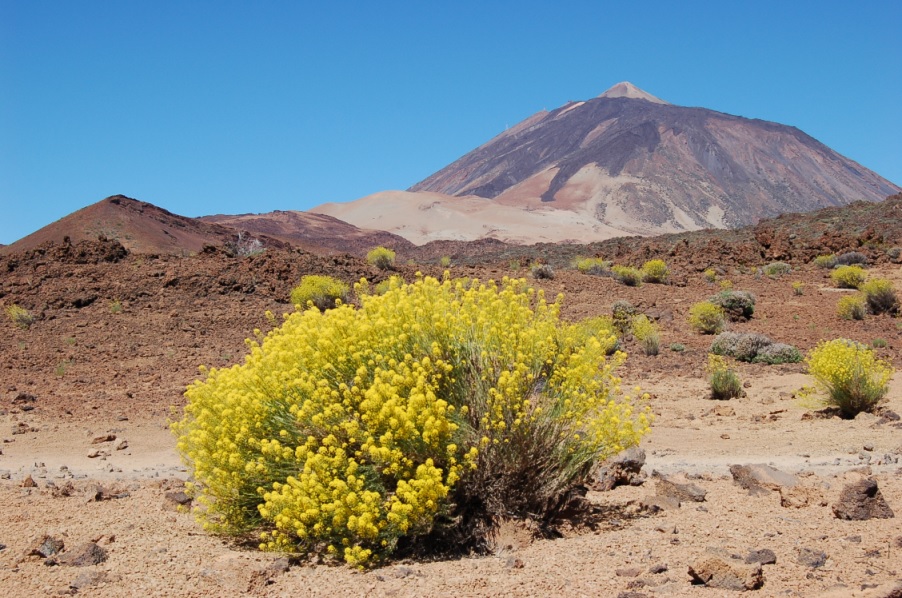
POST-CONGRESS EXCURSIONS
-
6. Trip to meet the flora of a high Mediterranean mountain: Sierra de Guadarrama (Madrid)
Itinerary and pricesOne-day excursion (July 28th)
Max. number of participants: 50
Guides: Modesto Luceño Garcés (University Pablo de Olavide, Sevilla) & Pablo Vargas Gómez (Royal Botanical Garden, Madrid).
This excursion is designed for those that enjoy walking in mountains and learning the life of Mediterranean plants. Indeed, the National Park of Sierra de Guadarrama offers around 1,500 species arranged in four vegetation belts. A circular route by bus from Madrid (620 m) up to reach two mountain passes at the heart the Sierra de Guadarrama: Puerto de Cotos and then Puerto de Navacerrada.
The first stop will be at Monastery of El Paular (1,159 m), the historic Benedictine-Carthusian monastery of Santa María de El Paular. A short walk will let us observe the flora of streams and the vegetation of the two lower vegetation belts: the Holm oak (Quercus rotundifolia) belt (600-800 m) and rebollo oak (Q. pyrenaica) belt (800-1,700 m). A small visitor center helps understand the Sierra de Guadarrama National Park. We could also appreciate the architecture of the old Benedictine-Carthusian founded in 1390. The second stop will be at Puerto de Cotos (1,830 m). During the bus climb to this mountain pass, the vegetation of the two upper vegetation belts of the Sierra de Guadarrama will be briefly described: the oromediterranean belt (1700-2100 m), dominated by the Scots pine (Pinus sylvestris), mountain broom ( oromediterraneus) and mountain juniper (Juniperus communis var. saxatilis), and the cryoromediterranean belt (2,100-2,428 m), characterized by pastures on the top of Mediterranean mountains.
Details about the excursion: The excursion involves a circular trip by bus through two mountain passes of the Sierra de Guadarrama. Walking tours can be low to medium level. It is recommended to wear appropriate clothing and footwear for a journey through high mountains.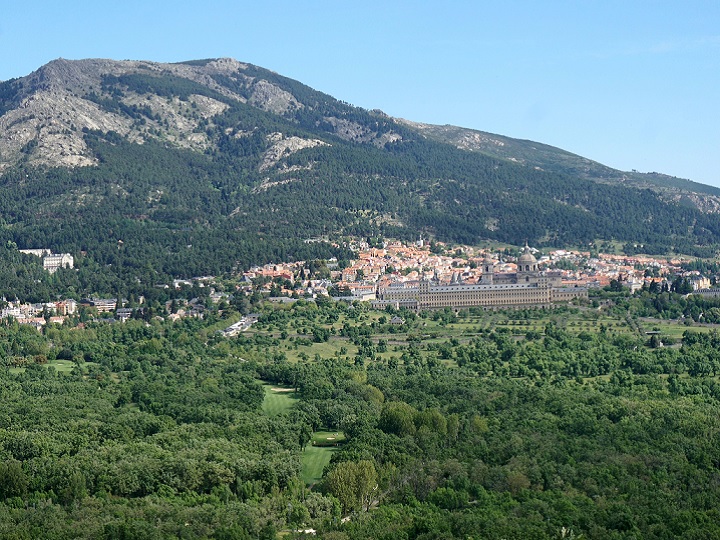

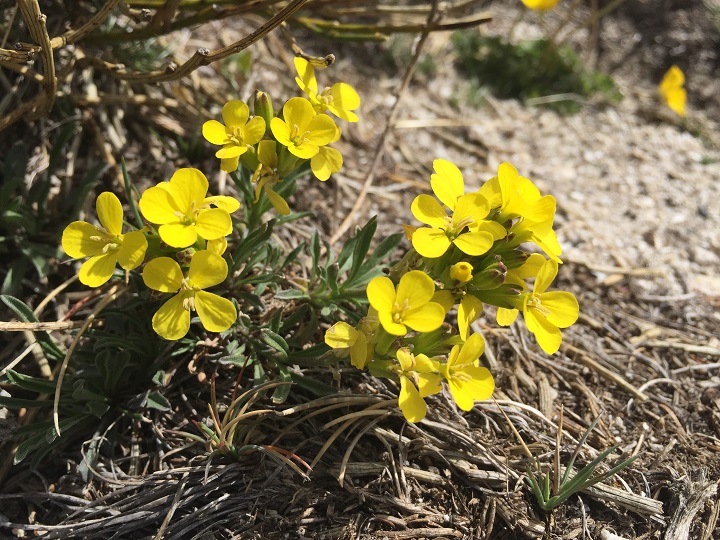
-
7. Field trip to enjoy about typical landscapes and flora of the Mediterranean mountains: eastern sector of the Central System (Madrid-Riaza)
Itinerary and pricesOne-day excursion (July 28th)
Max. number of participants: 50
Guides: Felipe Martínez García (Polytechnic University of Madrid) & Juan Antonio Calleja (Autonomous University of Madrid).
We aim to provide an opportunity to enjoy typical Mediterranean landscapes, both natural and semi-natural, of the mountainous interior of Spain, while also recognizing characteristic plant communities and vascular and non-vascular species. The landscapes of the southern and northern slopes of the Central System will be interpreted from the bus along a marked altitudinal gradient. Then, we will walk through unique sites with Mediterranean but also of Atlantic affinity communities and plants such as the holly (Ilex aquifolium) and beech (Fagus sylvatica) patches or forests.
The route will begin in the Acebeda de Robregordo, with a pleasant circular walk (from 1,300 up to 1,480 m) across a communal cattle pasture (dehesa boyal), a mosaic of pastures and woody communities with species from high Mediterranean mountains and from template European plains can be enjoyed. Afterwards, a visit to the oak-beech forest of La Pedrosa will include a beautiful walk (3.7 km) to meet the vegetation and flora of the north face of the Sierra de Ayllón. Thirdly, the trip will arrive at the historic town of Riaza (1,187 m), located in the province of Segovia, at the northern slope of the Central System.
Details about the excursion: The excursion consists in a circular trip by bus and three easy walking tours. It is recommended to wear appropriate clothing and footwear for a journey through high mountains and solar protection.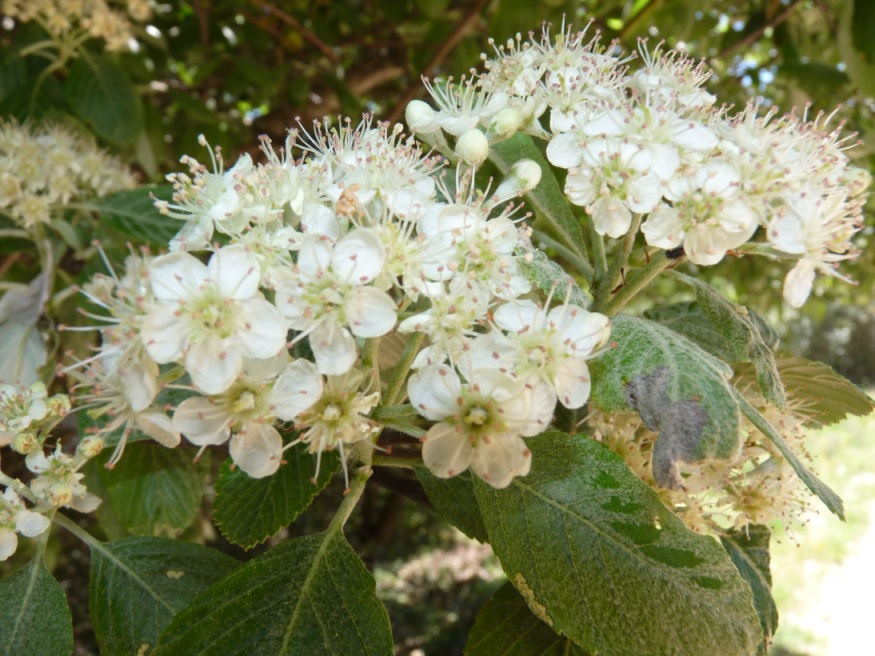

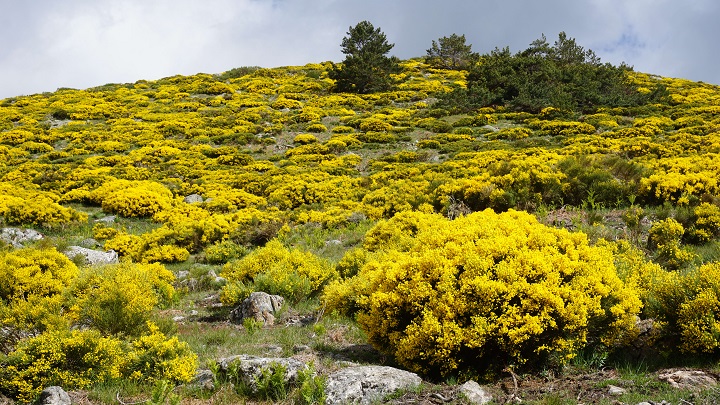
-
8. Ethnobotanical landscapes of Sierra Norte de Madrid: “dehesas” and homegardens.
Itinerary and pricesOne-day excursion (July 28th)
Max. number of participants: 50
Guides: Laura Aceituno-Mata (La Troje Association, Madrid), Manuel Pardo de Santayana (Autonomous University of Madrid).
This ethnobotanical journey will be dedicated to understanding the traditional landscapes in the vicinity of the National Park of Sierra de Guadarrama and the Sierra del Rincón Biodiversity Reserve, as well as visiting projects focused on the conservation of biocultural diversity. Our objective will be to elucidate the current landscapes and their relationship with both extant and abandoned human activities. We will observe managed oak forests (Quercus rotundifolia and Q. pyrenaica), ash forests (Fraxinus angustifolia), pine plantations, and rock rose scrublands (Cistus ladanifer). Additionally, the ethnobotanical uses of the most relevant species will also be presented.
Our first stop will be in Montejo de la Sierra, a small village of the UNESCO Biosphere Reserve Sierra del Rincón, that has preserved much of its traditional architecture. We will visit a traditional homegarden, a refuge of biocultural diversity where bean landraces, ancient fruit tree varieties and the traditional irrigation system, “regueras”, a heritage of Al-Andalus in Madrid, are still conserved. The second stop will be in Prádena del Rincón, where we will visit the project “Rincón silvestre”, where medicinal plants are produced and processed, traditional knowledge is transferred in courses and a Crop Wild Relatives conservation field is maintained. Finally, we will visit an ash (Fraxinus angustifolia) “dehesa” in El Berrueco, a well conservated forest commons of medieval origin where the traditional communal management system is still alive.
Details about the excursion: The trip will take place by bus departing and arriving in Madrid. It is recommended to wear appropriate clothing and footwear for a journey in the field. Solar protection is essential since high temperatures are expected. -
12. Central-Eastern Pyrenees (NE Spain), forests and grasslands in a changing landscape.
Itinerary and pricesFive-day excursion (July 28 to August 1)
Max. number of participants: 25
Guides: Aaron Pérez Haase & Estela Illa Bachs (University of Barcelona)
The Pyrenean mountains have a long history of botanical exploration, and a high diversity of plant species has been recorded. The Pyrenees are the main alpine mountain range in Spain and, among a dominant European temperate flora, it holds a large number of boreo-alpine and Mediterranean species. We will reflect on the historical and climatic features that shaped the Pyrenean diverse landscapes, which are dramatically changing, and look at some research experiments and pilot restoration sites of high-mountain ecosystems. We will make a diverse botanical itinerary, which will include Atlantic montane mixed forests, and high-mountain pine forests, heaths, grasslands and wetlands. We will cross the main axis of the Pyrenees, from regions under Atlantic influence to others under Mediterranean climate. Finally, we will save time to visit some places of high cultural values in the mountains and the renowned city of Barcelona.
Details about the excursion: The excursion will start at Lleida (two hours by high-speed train from Madrid) and will return to Madrid from Barcelona. Good physical condition is required. Cap, w alking boots, sun cream, coat and waterproof clothing.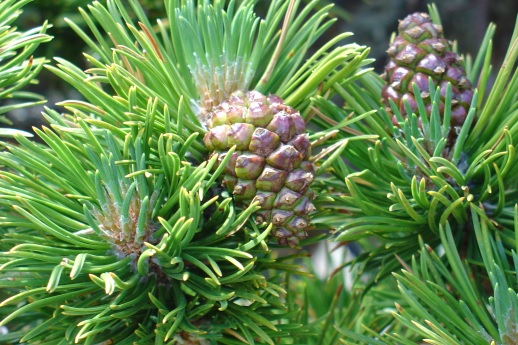
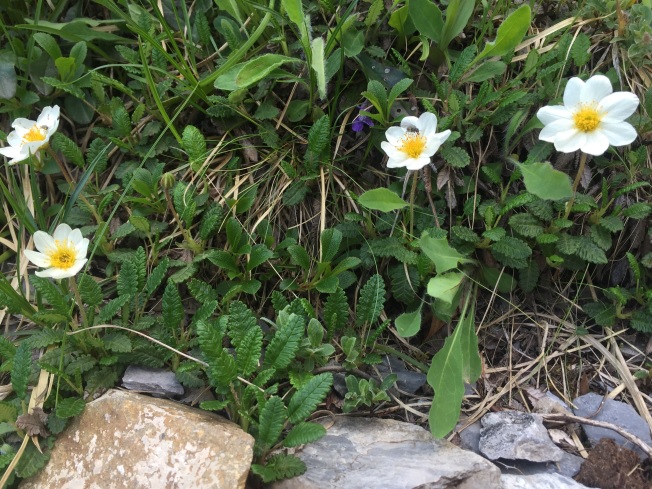
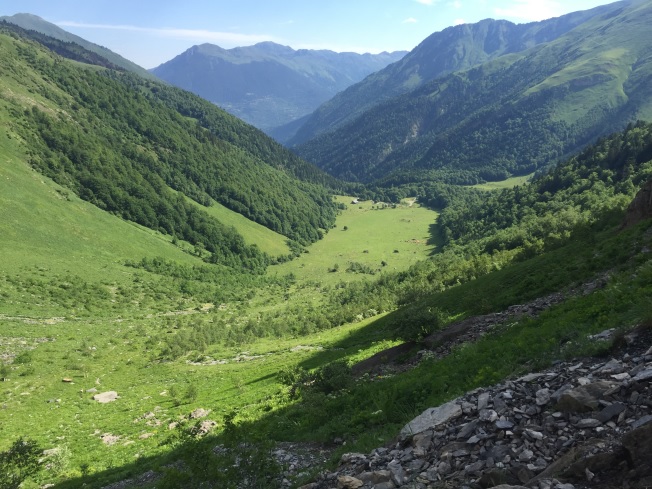
-
16. Atlas Mountains and continental Macaronesia in Morocco
Itinerary and pricesSeven-day excursion (July 28 to August 3)
Max. number of participants: 30
Guides: Anass Terrab Benjelloun (University of Sevilla) & Mohamed Abdelaziz (University of Granada).
We will make a botanical itinerary through southern Atlas ranges and Macaronesian region of Morocco. The trip will start in Marrakesh, one of the most important historic cities in Morocco. From there we will cross the High Atlas Mountains through the Tizi N´Test (2,100 m). High Atlas is the highest range in northern Africa and in it we can found some of the most singular and meridional Mediterranean plant communities, that in the south face of the range already contact with some Saharian flora. Then we will visit Antiatlas Mountains, the range limiting the rest of the country with the Sahara desert. This range is the point where flora from arid areas of the country contacts with Mediterranean and Macaronesian formations. Moreover, here we will visit some petroglyphs that will let us figure out the flora and fauna inhabiting this area thousands of years ago. In a hike here we will also have the opportunity to visit some of the scarce ‘dragon trees’ (Dracaena draco) populations in the Antiatlas. The Southern Atlantic coast of Morocco is part of the Macaronesian region (the only continental) and there we can find some interesting plant communities shared with the Atlantic oceanic islands. Finally, the trip will continue to Agadir and Essaouira, where we will have the opportunity to explore the coastal formation between these cities including Juniperus, Tetraclinis and Argania forests, including a visit to understand the social impact of these forests in the area.
Details about the excursion: The excursion will depart from the airport Madrid Barajas to Marrakech, returning to Madrid-Barajas airport from Agadir. The trip through Morocco will be done by bus, and the walking tours will be easy or of medium difficulty. Very high temperatures will be present, so clothing to avoid sunstroke is necessary. Swimwear and binoculars are recommended.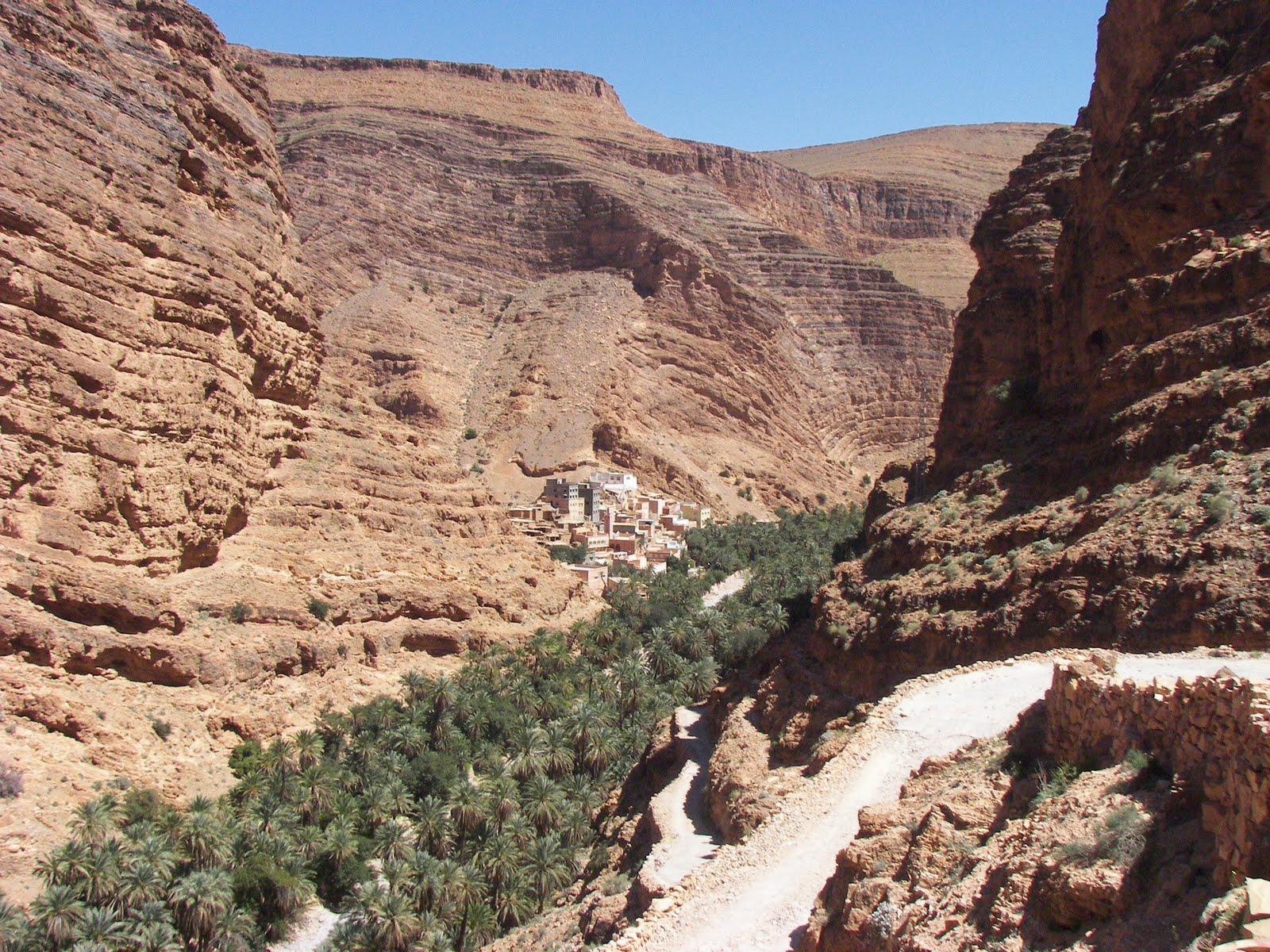
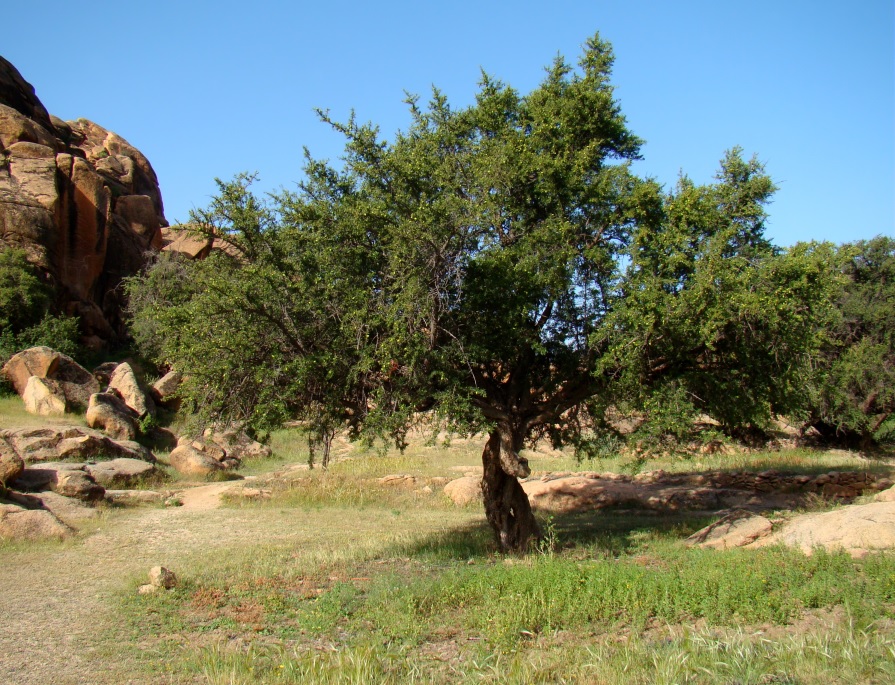
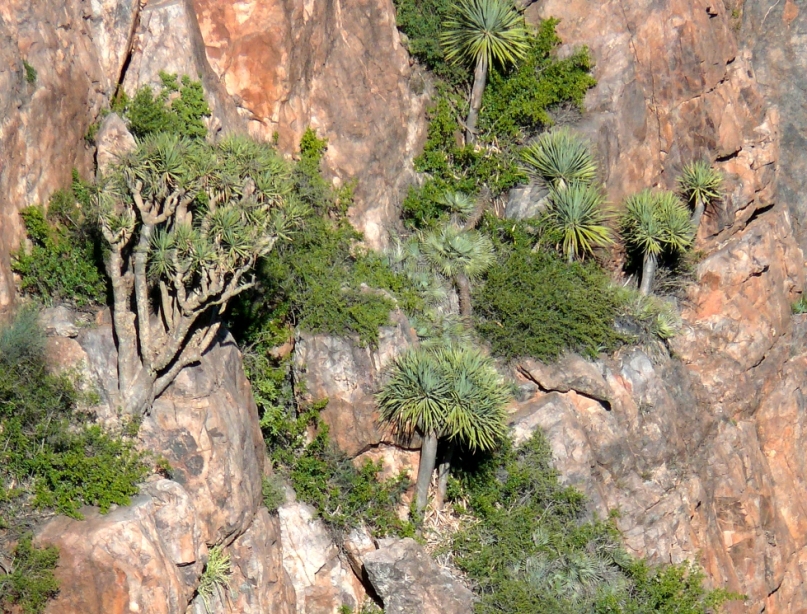
-
17. Iberian pteridoflora expedition
Itinerary and pricesFour-day excursion (July 28-31)
Max. number of participants: 20
Guides: Sonia Molino, Mario Mairal, Guillermo Santos (Complutense University of Madrid) & Luis G. Quintanilla (Rey Juan Carlos University, Madrid).
This four-day excursion promises an exploration of some of the region's most semi-pristine and fern species-rich ecosystems in Europe. We will depart from Madrid to Galicia to arrive at the Fraga del Río Mandeo, a typical Atlantic forest. Further, we will visit the Fragas do Eume, one of Europe's most pristine Atlantic riparian forests, and amazing environment for fern enthusiasts, with about 27 fern species. We will explore the Fraga de Landoi, a hazelnut forest rich in ferns, and the Garita de Vixía Herbeira viewpoint, which will treat us to the unique flora of serpentines. Our final day takes us to the beech forest of Busmayor in Ponferrada. Amidst the towering Fagus sylvatica trees, we'll encounter a diverse fern community. This meticulously crafted itinerary promises an immersive experience for fern enthusiasts and nature lovers alike.
Details about the excursion: The excursion will take place by bus departing and arriving in Madrid. It will involve easy to medium walks. Hand lenses, hiking boots, raincoats and outdoor wear are needed.